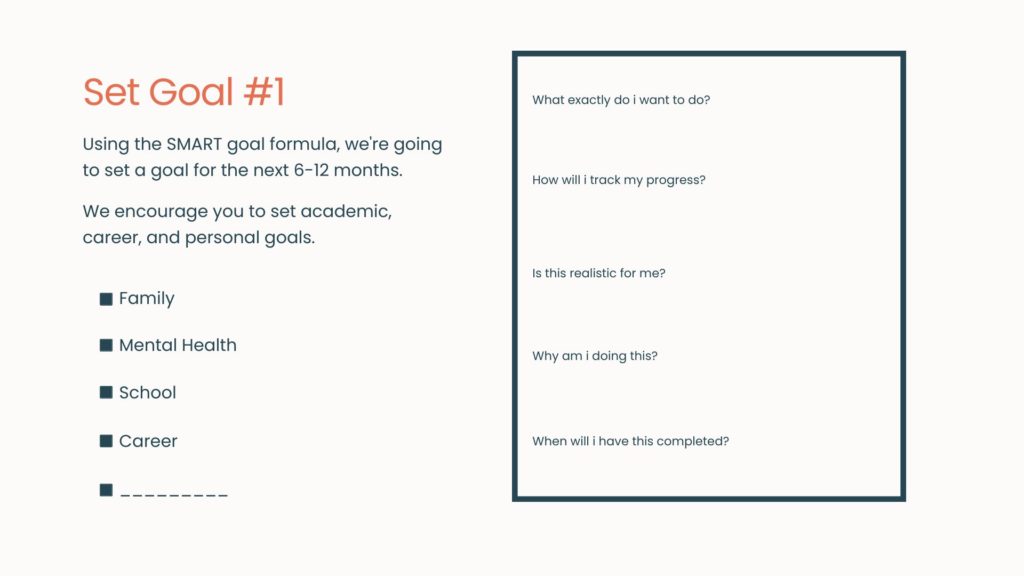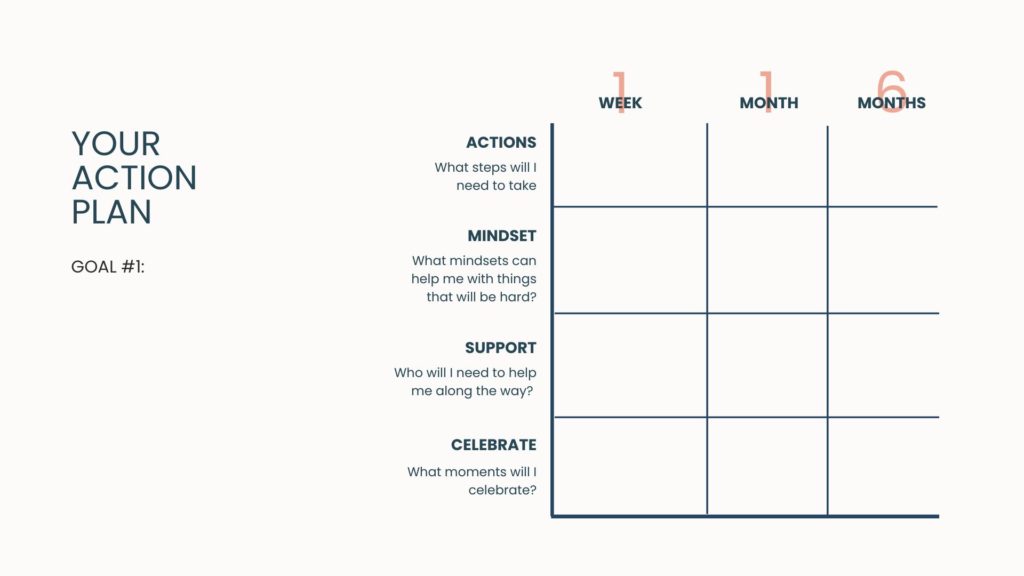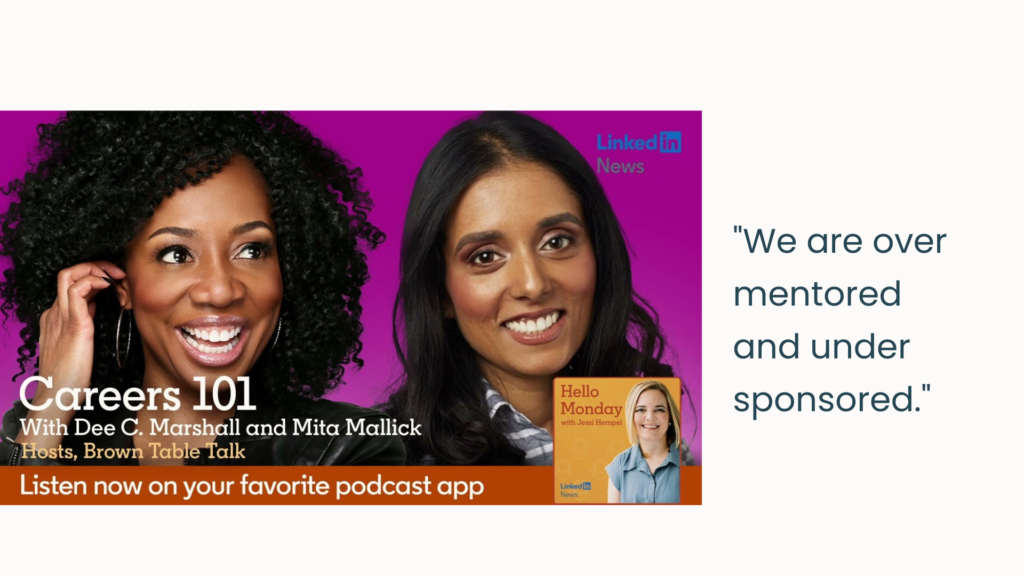The average worker has about 12 different jobs over their lifetime, and that number is increasing. The self awareness to understand your strengths and skills, and how they can be applied and transferred, is essential in a world that is rapidly changing.
In 2022, 9th grade students entering high school were born into an age of AI. They have never known a world without social media, and mobile devices. Despite the technological advances that have transformed the ways in which we live, work, and communicate, their school experience resembles a century old experience.
Creative Career Map: How Students Can Navigate the Future of Work with Design Thinking
This century old experience has left today’s young people feeling anxious and disillusioned about career planning. This is especially in a post pandemic world where many are now working in hybrid and remote workplaces. Imagine having been in high school or college, applying for internships, volunteer and work experiences. Then, being part of extracurricular activities where you build relationships, get exposure to different career pathways, only to find yourself at home behind a screen.
While we cannot predict the future, we can plan and prepare by applying the design thinking framework to career planning. The design thinking process is used to turn challenges into opportunities. The design thinking model is nonlinear. This results in a back and forth between the stages of inspiration, ideation and implementation. This is in an effort to continuously improve upon their potential solution (Shively et al., 2018).
In his book, “Life is in the Transitions: Navigating Change at Any Age,” Bruce Feiler shares:
“Primed to expect that our lives will follow a predictable path, we’re thrown when they don’t. We have linear expectations but nonlinear realities… We’re all comparing ourselves to an ideal that no longer exists and beating ourselves up for not achieving it.”
Design thinking takes challenges, like deciding what’s next after high school, that are complex and don’t have one right answer. Then, it helps us create a plan that we can adapt along the way. During my research study at Design39 Campus, the results showed how design thinking helped students develop the in demand skills. These were identified by the World Economic Forum in their Future of Jobs report.


In this article, I’ll outline how high school students can use design thinking to go from feeling anxious, to feeling curious. Then, to feeling confident about career planning and deciding what’s next after high school. Through the design thinking process, students will discover how to align their strengths and interests with a career pathway. They will also learn to build a network and learn how to showcase their projects. This is so they are ready to adapt and compete in a global economy.
Designing Your Life
The design thinking model is nonlinear. Resulting in a back and forth between the stages of inspiration, ideation and implementation, in an effort to continuously improve upon their potential solution (Shively et al., 2018). While design thinking has been around for decades, it was popularized by the d.School at Stanford University. The design thinking stages were expanded by the d.School into – empathy, define, ideate, prototype and iterate.
Stanford professors Bill Burnett and Dave Evans used this model to create what would become the most popular elective on the Stanford campus – Design Your Life. They share:
“As a life designer, you need to embrace two philosophies: 1. You choose better when you have lots of good ideas to choose from. 2. You never choose your first solution to any problem.”
They aren’t the only ones who advocate for using design thinking practices to design your career path. So do Reid Hoffman and Ben Casnocha in their book “The Startup of You: Adapt, Take Risks, Grow Your Network, and Transform Your Career.” In the book they argue that everyone should treat their career like a startup by embracing an entrepreneurial mindset. This does not mean that everyone becomes an entrepreneur. It means that we develop a mindset that allows us to adapt, build networks, and take risks. These will help us take advantage of the opportunities that today’s world offers.
How To Make A Creative Career Map
A new report by the Institute for the Future shares new insights. Specifically, that most of the jobs that today’s young people will have in 2030 do not yet exist. In this scenario, a creative career roadmap gives students the skills and mindset to adapt and navigate career planning in a rapidly changing world. While many people fear the role of AI in jobs and the future, economist and Director at the Stanford Digital Economy Lab, Erik Brynjolfsson reminds us, “Technology is not destiny. We shape our destiny.”
Your creative career map is used to design your future and shape your destiny. It has four different areas that are aligned to the design thinking framework. These areas are self awareness, goals and strategy, building a network, and content creation.
Step 1: Self Awareness
We know that each person is unique, so then how can we have a one size fits all model for students? To make matters worse, traditional assessments do not accurately reflect the talents, skills, and strengths of each learner. Without this foundational information about what energizes us, what our strengths are, what skills we have, and what our interests are, we cannot design a career, or a life in alignment with our values.
Through this experience students discover what energizes them, interview others about their skills and strengths, and identify their stressors and what they do and do not have control over. This allows them to set career goals that align with their strengths and interests to learn how to apply their skills and/or experiences to a variety of industries and career pathways.
One way to do this is identify your Sparketype to learn what energizes you at work. You can take the free assessment here. This knowledge helps us overcome our fears and embrace a growth mindset. In his book Feiler shares:
“Life is the story you tell yourself. But how you tell that story—are you a hero, victim, lover, warrior, caretaker, believer—matters a great deal. How you adapt that story—how you revise, rethink, and rewrite your personal narrative as things change, lurch, or go wrong in your life—matters even more.”
Step 2: Map Your Goals
You may have heard the saying, “A goal without a plan is just a wish.” It’s true, it’s why we also hear that ideas are worth nothing unless they are executed. A driving motivation for creating the course, “Design Your Future: How to Figure Out What’s Next,” was that I and many others never really learned how to strategically set a goal, execute on it, and track it over time. Worst of all, I never really considered what success meant to me so that I could create goals that would make me happy and align with my values. In the images you can see how we teach students in our course to set SMART goals, and how to organize their time to execute on their goals.


Step 3: Build a Network
A network is made up of people who you know that are both offline and online. Another word for your network is called social capital. These are the relationships that make up your circle of influence. Building a network is not just about meeting people to get a job. It’s also about:
- staying informed of emerging trends
- finding mentors and sponsors
- making decisions
- exposure to different professions
- build your reputation
- make changes in your career
- Being a lifelong leaner
Networks are non-negotiable in today’s world because opportunities arise at the intersection of what you know and who you know. This isn’t just about you finding opportunities, it’s also about other people finding you through the projects, stories, and content you share.
I can’t even imagine how my life would be different if I had this in high school. When I think back to all my internships, all the people I met during college, and during all my work experiences, to have been able to have them all in one place and stay connected would have been amazing.
I didn’t though until much later in my career.
I think about all the incredible mentors I have, and how today, we can be mentored just by following someone, or listening to their podcast. Also, I never would have imagined that I could be learning from some of the people that I do today.
In the course we teach students the difference between having a mentor and a sponsor. The hosts of Brown Table Talk share, “We are over mentored and under sponsored.”

What’s the difference? Anyone can be a mentor, because we can follow them and learn from them. A sponsor is someone who actively takes steps to introduce you to people and can impact your career by giving you access to opportunities. To do this we identify the three layers in your circle of influence.

C1 – The core inner circle are people you know. It’s easy to forget these, but your friends, family members, your teacher, counselor, coach, and the person next to you in class are all people who are part of your network.
C2 – These people in your C1 also know people and can introduce you to them. For example, maybe you are interested in being a UX designer, or anything else. Someone in C1 may know someone that they can introduce you to. We add these people who you can be introduced to by someone in C1, to C2.
C3 – The people we wish we knew, the people we can follow and connect with online and with the right strategies be able to bring them into our C1. As your C1 grows over time, so does C2.
Step 4: Content Creation
Seth Godin says it best, “Projects are the new resume.”
Adobe recently published a report called the Deciding Factor. They shared that there is a difference between what college admission counselors, high school counselors, and students think are the top three things on an application. College counselors said showcasing creative skills was one of the top 3, and that wasn’t on the list of high school counselors or students. Although students were close, they had listed personality and authenticity. So you know that it’s important to showcase your personality and what makes you unique.

This is the best way to showcase your creativity, personality, skills, strengths, and interests.
By publishing your work online, and sharing your ideas and thought process, you show the world what you can do with what you know. This helps build your professional network and make connections with people around the world. In our course we teach students how to do this using LinkedIn. While most people simply list their experiences the way you would on a traditional resume. LinkedIn provides the opportunity to add media in a variety of formats.
To learn more about the course visit – Design Your Future: How to Figure Out What’s Next.
I’m Sabba.
I believe that the future should be designed. Not left to chance.
Over the past decade, using design thinking practices I've helped schools and businesses create a culture of innovation where everyone is empowered to move from idea to impact, to address complex challenges and discover opportunities.
stay connected
designing schools